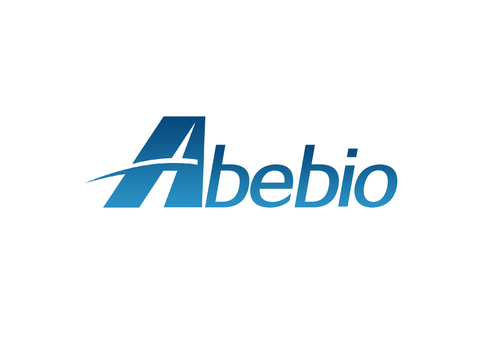Product Description
Rat Tri-iodothyronine (T3) ELISA Kit | KTE100169 | Abbkine
Application: This Rat Tri-iodothyronine (T3) ELISA Kit employs a two-site sandwich ELISA to quantitate T3 in samples. An antibody specific for T3 has been pre-coated onto a microplate. Standards and samples are pipetted into the wells and anyT3 present is bound by the immobilized antibody. After removing any unbound substances, a biotin-conjugated antibody specific for T3 is added to the wells. After washing, Streptavidin conjugated Horseradish Peroxidase (HRP) is added to the wells. Following a wash to remove any unbound avidin-enzyme reagent, a substrate solution is added to the wells and color develops in proportion to the amount of T3 bound in the initial step. The color development is stopped and the intensity of the color is measured.
Detection Method: Colorimetric
Conjugate: N/A
Sample Type: Cell culture supernatants#Serum#Plasma#Other biological fluids
Assay Type: Multiple steps standard sandwich ELISA assay with a working time of 3-5 hours. It depends on the experience of the operation person.
Kit Component: • Rat Tri-iodothyronine microplate
• Rat Tri-iodothyronine standard
• Rat Tri-iodothyronine detect antibody
• Streptavidin-HRP
• Standard diluent
• Assay buffer
• HRP substrate
• Stop solution
• Wash buffer
• Plate covers
Features & Benefits: Rat Tri-iodothyronine (T3) ELISA Kit has high sensitivity and excellent specificity for detection of Rat T3. No significant cross-reactivity or interference between Rat T3 and analogues was observed.
Calibration Range: Please inquire
Limit Of Detection: Please inquire
Usage Note: • Do not mix components from different kit lots or use reagents beyond the kit expiration date.
• Allow all reagents to warm to room temperature for at least 30 minutes before opening.
• Pre-rinse the pipet tip with reagent, use fresh pipet tips for each sample, standard and reagent to avoid contamination.
• Unused wells must be kept desiccated at 4 °C in the sealed bag provided.
• Mix Thoroughly is very important for the result. It is recommended using low frequency oscillator or slight hand shaking every 10 minutes.
• It is recommended that all samples and standards be assayed in duplicate or triplicate.
Storage Instruction: The unopened kit should be stored at 2 - 8°C. After opening, please store refer to protocols.
Shipping: Gel pack with blue ice.
Precaution The product listed herein is for research use only and is not intended for use in human or clinical diagnosis. Suggested applications of our products are not recommendations to use our products in violation of any patent or as a license. We cannot be responsible for patent infringements or other violations that may occur with the use of this product.
Background: Under normal physiological conditions, T3 represents approximately 5 percent of the thyroid hormones in serum. Although present in lower concentration, T3 has a greater intrinsic metabolic activity, faster turnover and larger volume of distribution than circulating T4. Reports that thyrotoxicosis may be caused by abnormally high concentrations of T3 rather than T4 have reinforced the importance of T3 measurements. In addition, T3 determination is an important tool for monitoring hypothyroid patients receiving sodium liothyronine therapy. Unlike "T3 Uptake" tests, which estimate the saturation of thyroid hormone binding proteins, total T3 analysis measures circulating levels of triiodothyronine. Most reports indicate that T3 levels distinguish clearly between euthyroid and hyperthyroid subjects, but provide a less clear-cut separation between hypothyroid and euthyroid subjects. Numerous conditions unrelated to thyroid disease may cause abnormal T3 values.
Alternative Names: T3
Search name: T3
Tag: T3
 Euro
Euro
 USD
USD
 British Pound
British Pound
 NULL
NULL








